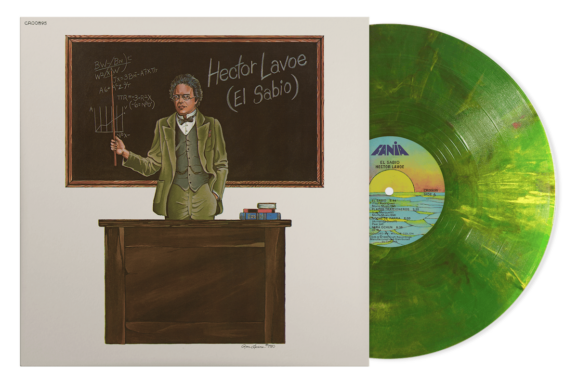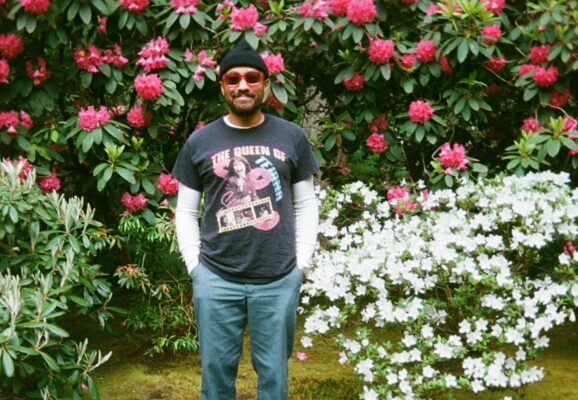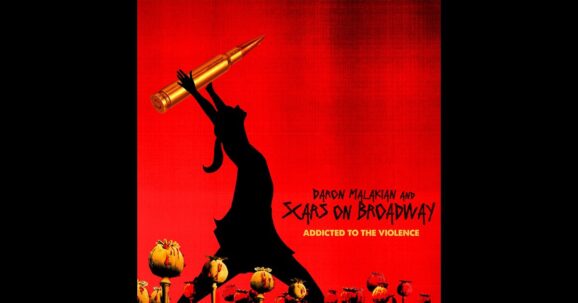What goes around, comes around. Alto saxophonist Steve Lehman got his start as a sideman in visionary Anthony Braxton’s touring ensemble from 1999- 2007 for a host of festivals and recordings, including a tribute to the music of Andrew Hill (Nine Compositions (Hill) 2000). In that spirit, and to repay his mentor, Braxton, Lehman’s trio with bassist Matt Brewer (SF Jazz, Gonzalo Rubalcaba, Tyshawn Sorey) and drummer Damion Reid (Robert Glasper Trio) convene with special guest, tenor saxophonist Mark Turner for this powerful live album, The Music of Anthony Braxton, commemorating Braxton’s 80th birthday. Lehman wanted to pay tribute to his mentor with musicians ‘outside Braxton’s orbit,’ who could bring a fresh perspective to the music. As such, he chose complex but accessible one-of-a-kind small group compositions by Braxton recorded in the ‘70s and ‘80s with Ed Blackwell, Dave Holland, and Kenny Wheeler. The originals are found on albums Fall 1974 and Six Compositions: Quartet (1981), among others.
Braxton’s music is often characterized by angular sequences of wide intervals. He also likes to present high-pitched instruments with a lower pitch, perfect for Lehman’s alto and Turner’s tenor. You’ll hear bebop and free improvisation, both on the order of European and American jazz. Yes, it’s avant-garde but has plenty of tradition baked in. It is interesting how the role of bass can change from rhythm mainstay to bearer of the melody, how the drums favor timbre versus propulsion and the compositional forms that morph and evolve rather than stay static. It’s different from most jazz formats but connected to those roots.
The album was recorded in front of a revved-up audience at ETA in Los Angeles and will be presented again at Big Ears this March. Of the eight tracks, five are Braxton’s, two are Lehman originals, and the closer is Monk’s “Tinkle, Tinkle,” chosen to highlight the angular connections between that piece and Braxton’s “23b.” The latter tune and “34a,” which begins the album, feature the distinctive voices of Lehman and Turner, playing staccato riffs separately and then in a call-and-response mode as Brewer and Reid stoke the fire in the engine room. The two saxophonists go all out, leaving nothing to chance in this chordless setting. Each of the four voices is distinctive and highly energetic in his approach. The explosive finale draws a decent response from the audience, whose enthusiasm grows as the concert evolves. “40b, ”introduced by Brewer, features one of Braxton’s rapid-fire melodic lines, handled deftly by both saxophonists and fueled by Reid’s powerhouse chops on the kit, which factor even more prominently on “23b,” which is combined with “23g” as one exciting excursion as is “23e +40a.” As you listen, it’s remarkable how Lehman and Turner weave their lines, sometimes in harmony and, at others, in a sparring way, with energy never lagging.
Lehman’s compositions, “LA Genes” and “Unbroken & Unspoken,” while influenced by Braxton, are different in that the sequences are stretched out a bit more. The group is, in essence, displaying the continuum of radical experimentation that extends from early pioneers such as Tristano and Monk through Braxton and fellow AACM musicians to its current exposition through these four players who color it with their tendencies and especially in the case of drummer Reid, some modern trappings too. Upon the finale of “Tinkle, Tinkle,” the audience erupts into boisterous applause. Well deserved, at that.









